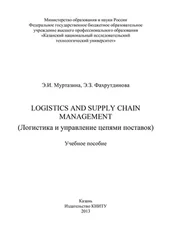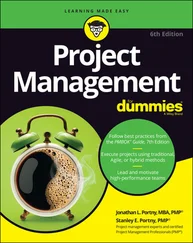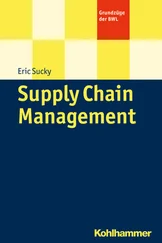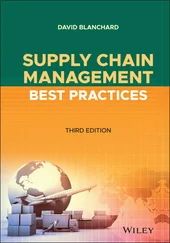For any task in a project, a team member can have four roles:
Responsible: The team member is responsible for helping to complete a task. If the task requires someone to do work or make a decision, that person is responsible for working on that task until it’s complete.
Accountable: The team member is the only person who is ultimately accountable for getting the task done. The accountable owner may need to make the decisions and do the work. Or she may need to prod and poke her team members to do the work. When it comes time to ask “Is this task complete?” the accountable owner is the person whose career and credibility are on the line.
Consult: The team member should be asked to provide input for a task, but he isn’t the one doing the task, and he isn’t making decisions.
Inform: The team member needs to be notified that a task is occurring or that it has been completed.
Assigning people to these four roles makes it easier to communicate what each team member has to do for your project to be successful. You can document the roles with a RACI matrix (Responsible – Accountable – Consult – Inform, pronounced race see ).
Using a RACI matrix like the one in Figure 4-5, you list all the tasks in your project and define the role for each of your team members in supporting each task. If there is disagreement about someone’s role on a task, you have a chance to resolve it on paper before it creates a problem for your project. Read horizontally, a RACI matrix makes it very easy for the project manager to know who needs to be involved for each task to get done. Read vertically, a RACI matrix shows each person’s role and tasks.
 It can be hard to convince team members that only one person should be accountable for every task. I’ve found, however, that when more than one person is accountable, it’s more difficult to manage the project. If two people insist that they’re both accountable for a task, consider breaking that task into two smaller tasks and making each person accountable for one of these two tasks.
It can be hard to convince team members that only one person should be accountable for every task. I’ve found, however, that when more than one person is accountable, it’s more difficult to manage the project. If two people insist that they’re both accountable for a task, consider breaking that task into two smaller tasks and making each person accountable for one of these two tasks.

FIGURE 4-5:Sample RACI matrix.
Designing project scorecards
Tracking the progress of a project is the key to figuring out what’s working, what’s not working, and where you need to focus resources to keep a project on track. One of the most effective ways to track a project is to use a scorecard and update it on a regular basis. For most projects, I recommend doing weekly updates at the same time every week; for slower-moving projects, monthly or quarterly updates are fine. In some cases, things change so fast that you need daily or even hourly updates.
The project scorecard should make it easy for anyone to tell at a glance how a project is doing — whether it’s ahead of schedule and under budget or behind schedule and over budget; whether things are going as planned, or whether unplanned risks are putting the project in jeopardy. Following are the items I like to include in a scorecard and update every week:
Status of major deliverables: Which deliverables have been completed and whether they were on time, early, or late
Recent accomplishments: New things that have been completed since the last time the scorecard was updated
Upcoming tasks: Things that the team will be working on between now and when the scorecard is updated in the future
Risks and concerns: Unexpected challenges and issues that are causing problems or that could interfere with the project
Having this information at your fingertips in a scorecard makes it much easier to manage well, reward people for their accomplishments, and help them deal with challenges. If you understand what is happening, what should be happening, and what might happen, you can make better decisions faster. Other pieces of information can add value to a scorecard, such as information about budget performance, quality ratings, and employee engagement. To build a good scorecard, understand what information you need to track to keep everyone on the same page and ensure the success of your cross-functional supply chain projects.
Figure 4-6 shows an example scorecard that makes it easy to communicate four essential pieces of information about the status of a project.

FIGURE 4-6:Sample project scorecard.
Over the years, I’ve developed an approach to leading cross-functional teams called the DIRECT project leadership model. The idea for this approach came from the realization that every movie — no matter how great the actors are — needs a director who can keep everyone working on the right things at the right time, and a cross-functional project in a company is no different.
The DIRECT model is built around the six things that a leader needs to focus on to help their team complete a project successfully (see Figure 4-7):
Define the objective.
Investigate the options.
Resolve to a course of action.
Execute the plan.
Change the system.
Transition the people.
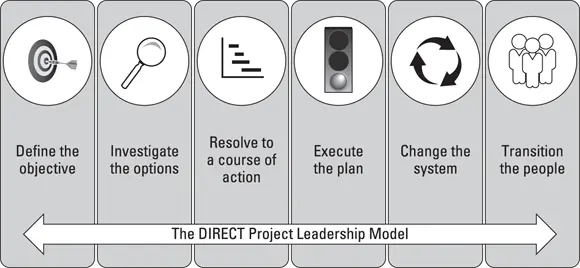
FIGURE 4-7:The six responsibilities of a leader in the DIRECT model.
Every project should start with a charter that clearly describes the scope, schedule, and budget of the project; identifies the project sponsor; and explains why the project is important. The charter helps ensure that everyone has similar expectations for the project and can prevent scope creep (new work added to the project later).
Before running down the path of a particular solution, it’s usually a good idea to consider other ways to accomplish your goal. Investigating your options early reduces the chances that you’ll suffer buyer’s remorse and ensures that you take into account the many points of view that can affect decisions in the supply chain.
Resolve to a course of action
When the options are clear, the team needs to make a decision and move forward. Supply chain projects can be stalled by analysis paralysis when teams get bogged down trying to collect data rather than making decisions and taking action. On the other hand, supply chain projects can collapse because the team gets busy working too soon — before they properly understand all the interdependencies and risks.
 Resolving to a course of action is a leadership art that involves probing and listening to ensure that you truly understand the priorities and concerns of your team members, as well as helping them accept the need to compromise. The best way to resolve to a course of action is to have the team build a single project plan that shows the dependencies among all their tasks.
Resolving to a course of action is a leadership art that involves probing and listening to ensure that you truly understand the priorities and concerns of your team members, as well as helping them accept the need to compromise. The best way to resolve to a course of action is to have the team build a single project plan that shows the dependencies among all their tasks.
When the plan is in place, the team needs to focus on executing the plan. Moving projects forward, keeping them on schedule, and keeping them on budget require special skills. Surprises will always occur, and surprises take time and money to address, but the credibility of the team and the value of the project depend on getting the work done on time. Executing the plan takes focus, a sense of urgency, and good communication among team members.
Читать дальше
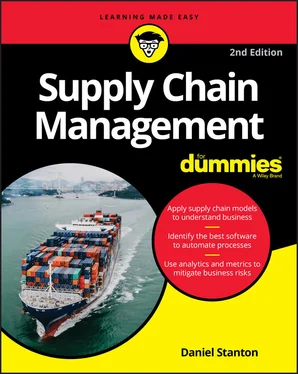
 It can be hard to convince team members that only one person should be accountable for every task. I’ve found, however, that when more than one person is accountable, it’s more difficult to manage the project. If two people insist that they’re both accountable for a task, consider breaking that task into two smaller tasks and making each person accountable for one of these two tasks.
It can be hard to convince team members that only one person should be accountable for every task. I’ve found, however, that when more than one person is accountable, it’s more difficult to manage the project. If two people insist that they’re both accountable for a task, consider breaking that task into two smaller tasks and making each person accountable for one of these two tasks.


